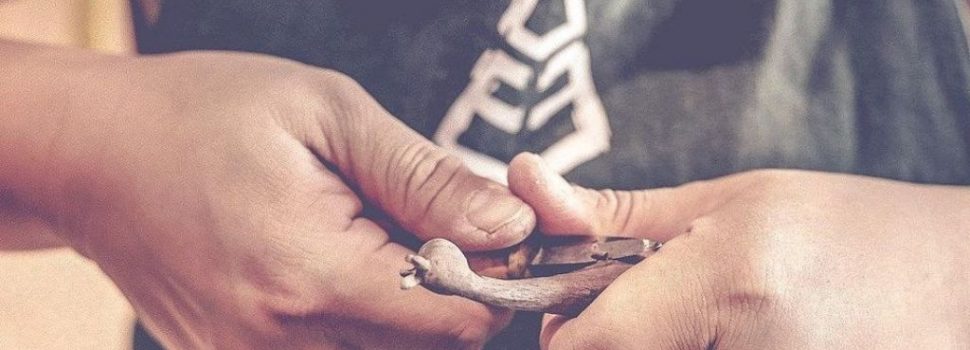
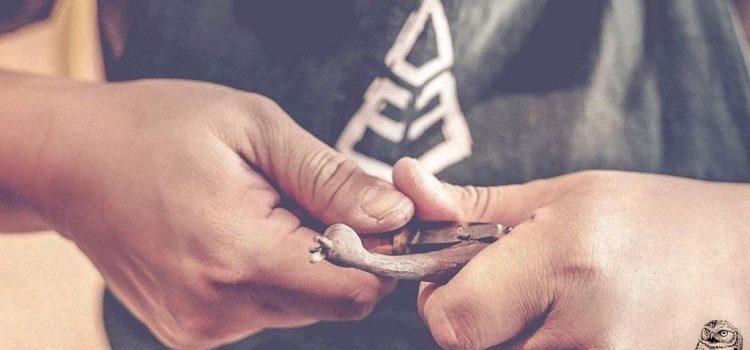
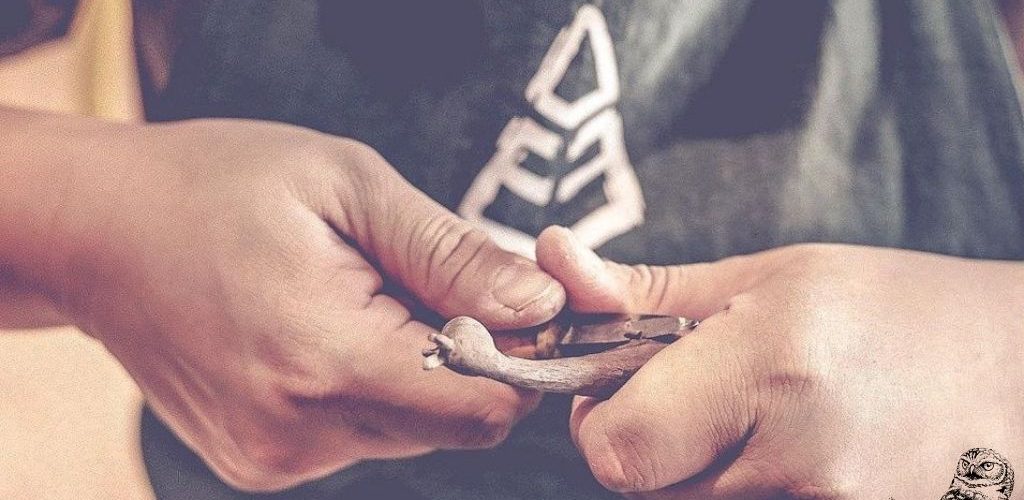
Wood carving is a wonderful and very creative endeavor. However, it can be fraught with many dangers if you do not pay sufficient attention to the basics of safety. It is better to tell others about your hobby by showing off an incredible masterpiece made of wood, rather than showing your scars from your injuries.
Sharpen the tool
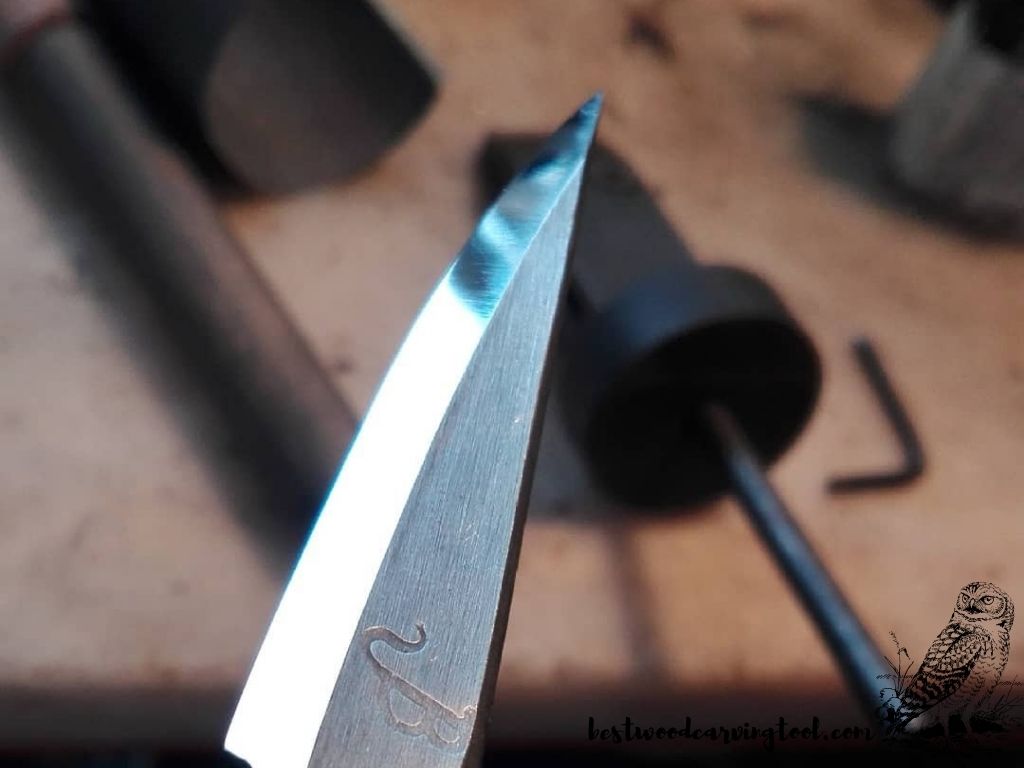
It is important to check that all tools are in good condition before starting work. Wood carving tools must be sharpened. This may sound contradictory, but a blunt instrument is more likely to cause harm than a sharp one, as it will require more effort when working with such an instrument, and this will affect attention and control.
Therefore, all tools that have blades such as a straight knife, hook knife, sloyd knife, chip knife for details and chisel should be nice and sharp. Also check that the blade is not loose, that is well fixed in the handle.
Hand and Thumb Protection
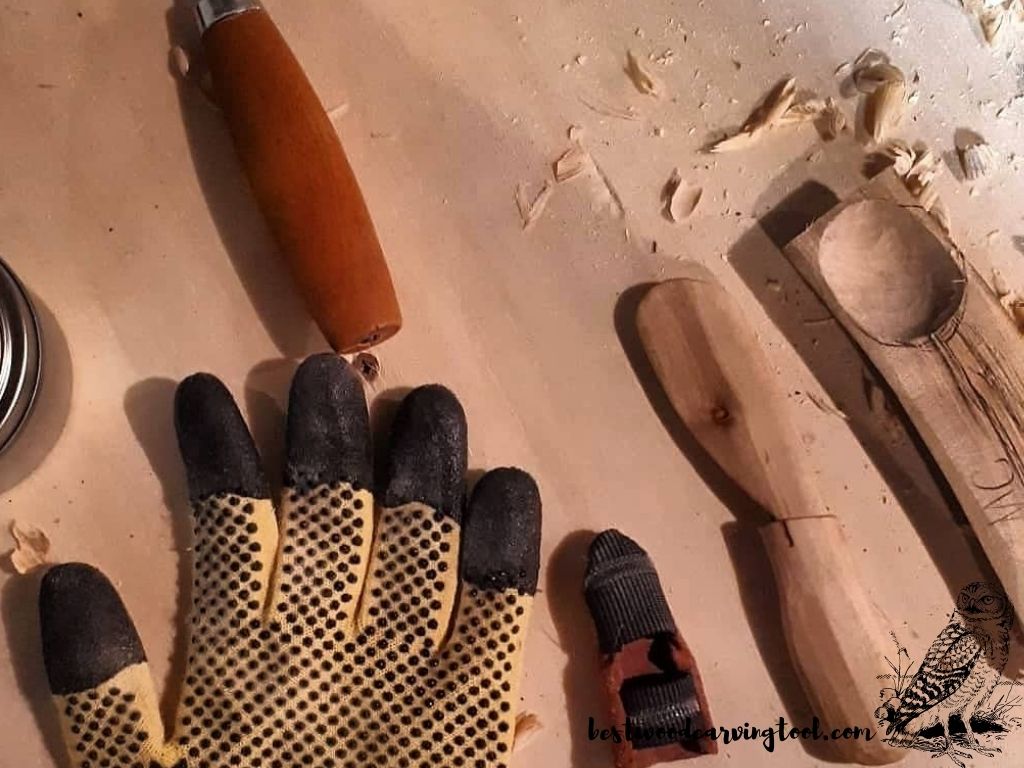
The hands are the most vulnerable part of the body when it comes to wood carving, so they need serious protection. In fact, the only tools in wood carving you don’t need protection for are measuring tools for woodworking. Everything else is a potential hazard.
Do not neglect wearing gloves or at least a thumb guard. There are special carving gloves that are made of interwoven strands of a nylon-fiberglass material and stainless steel are nearly impossible to cut with a knife blade. Yes, it can be uncomfortable, but your fingers, safe and sound, will thank you later.
How to Hold a WoodCarving Tools
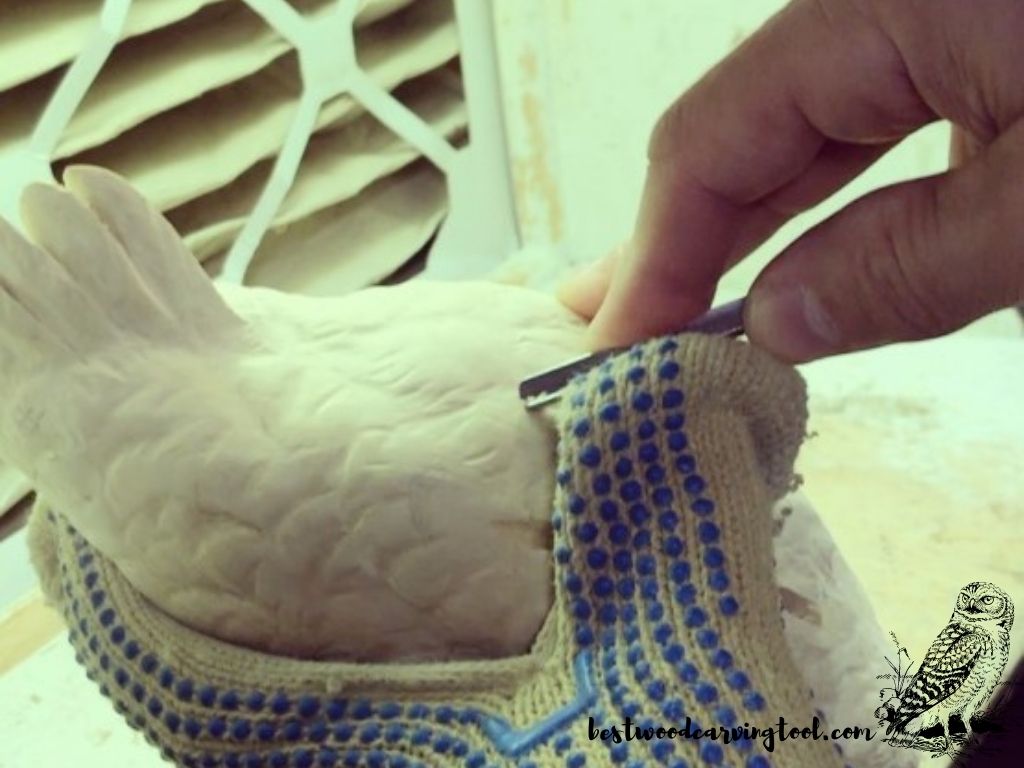
So, the tools are sharpened, the gloves are on, let’s get started! It is important to know how to work with your hands at first: how to hold tools and a piece of wood.
Typically, craftsmen hold the piece with one hand and carve with the other. Others fix the workpiece so that it does not move. Thus, they have two working hands. The chisel should be held firmly and its tip pointed away.
And one of the most important rules of a woodcarver: “There should be no living body in the direction of the incisor”! Make sure that there is a “holding hand” behind the cutting knife.
The Workplace and its Lighting

Keep your place tidy and uncluttered. When tools and other things are piled up, it’s easy to start fussing around looking for the right tool. In addition, you can injure yourself on randomly scattered sharp objects. Place near you only those things that you need while working. Always clean up waste and wood shavings immediately. Create a cozy and pleasant atmosphere around you.
Another must-have item to consider is good lighting. I think it’s not worth explaining why this is important, especially when working with small details and delicate carving. Carving is not something to be done in the dim light, so find a spot that’s well lit by sunlight or artificial light.
Protection against Wood Dust and Sawdust
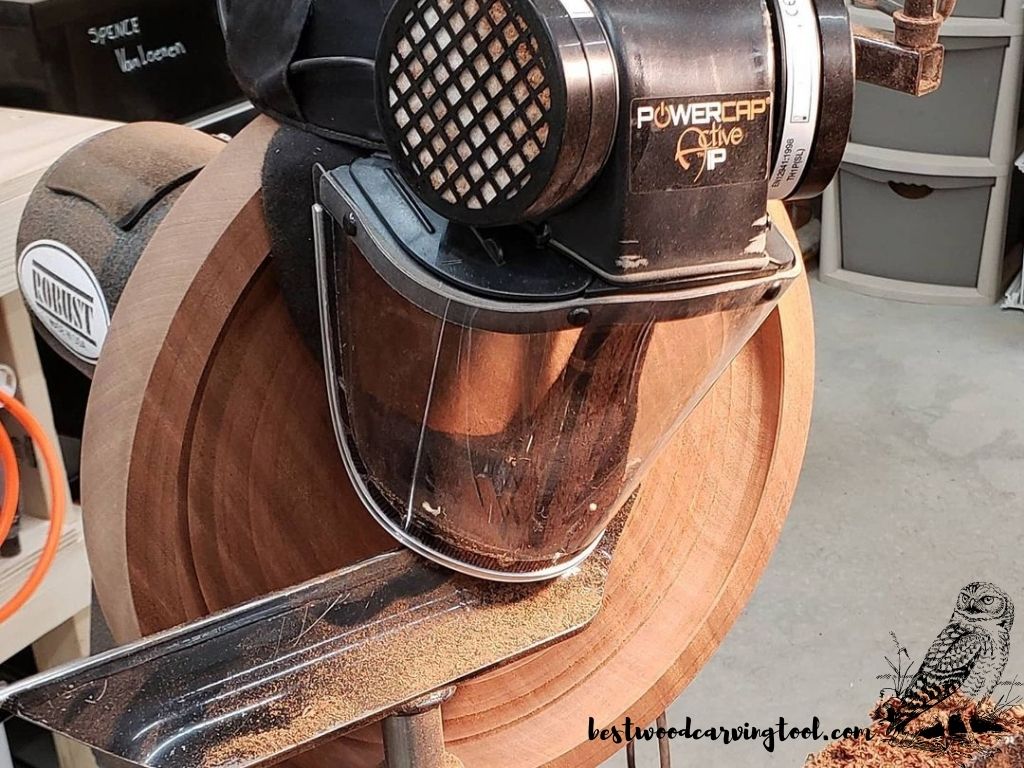
Work-related injuries like cuts are not the worst thing that can happen. Do not underestimate the harm that can cause wood dust and chips produced by power carving tools. Always wear safety goggles and a dust mask when working on a woodworking machine. The noise generated by the machine is equally harmful, so always wear headphones when it is turned on. Remember that even after turning off the machine, even when you are finishing your wood carving projects, very fine and almost invisible dust can fly in the air. Therefore, do not rush to remove the protection.
Do not rush at all! Wood carving is not like running – something to be done in a hurry, and there is no such thing as going to carve a wooden spoonreal quick. Take your time, enjoy the process and control the sharp-bladed knife.

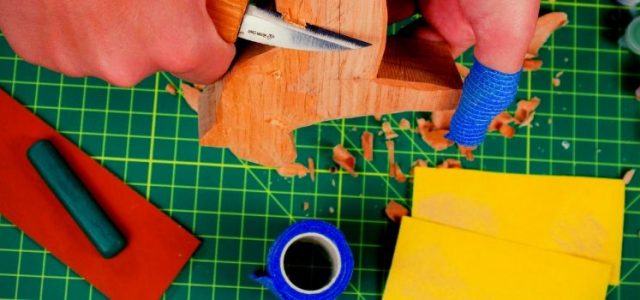
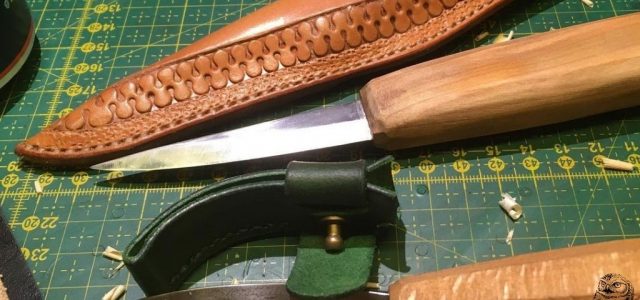
No comments so far.
Be first to leave comment below.